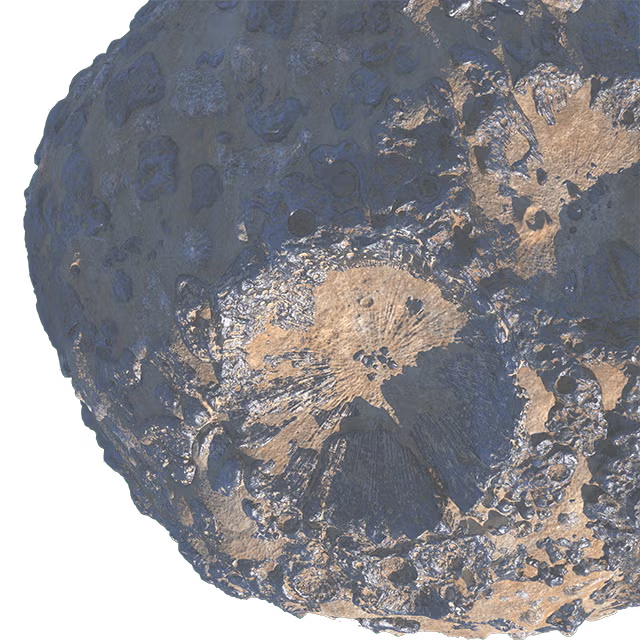
Countup Since Launch
654 Days
/
13 Hours
/
41 Mins
/
39 Secs
This page has been moved.Redirecting to psyche.ssl.berkeley.edu in 5 seconds...
This page has been moved.
Redirecting to psyche.ssl.berkeley.edu in 5 seconds...